Scroll down or click on Home to return back |
|||||||||||||||||||||||||||||||||||||||||||||||||
The Star Inn |
|||||||||||||||||||||||||||||||||||||||||||||||||
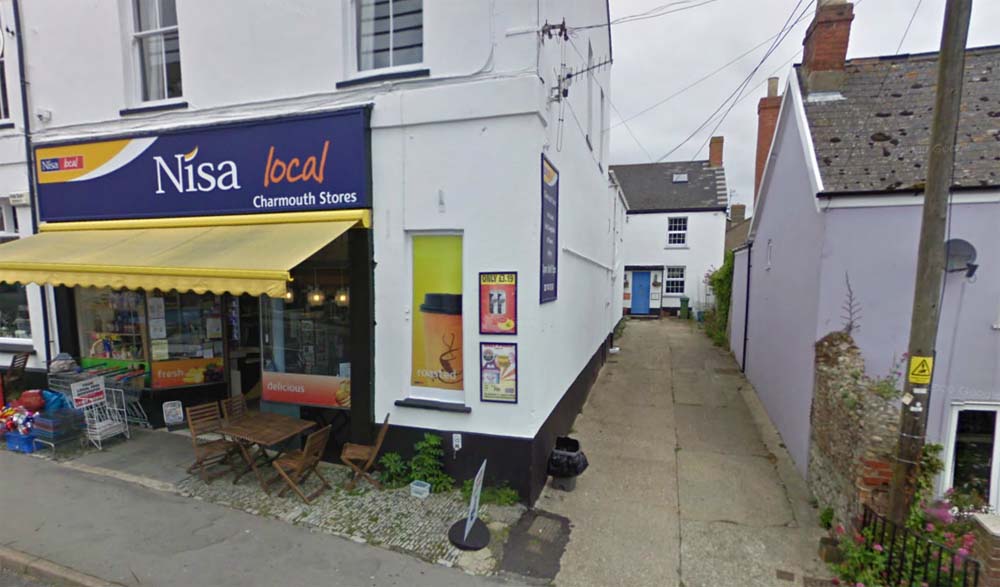 |
|||||||||||||||||||||||||||||||||||||||||||||||||
The Star inn which is now a property at the bottom of the alleyway at the side of Nisa on the Street in Charmouth |
|||||||||||||||||||||||||||||||||||||||||||||||||
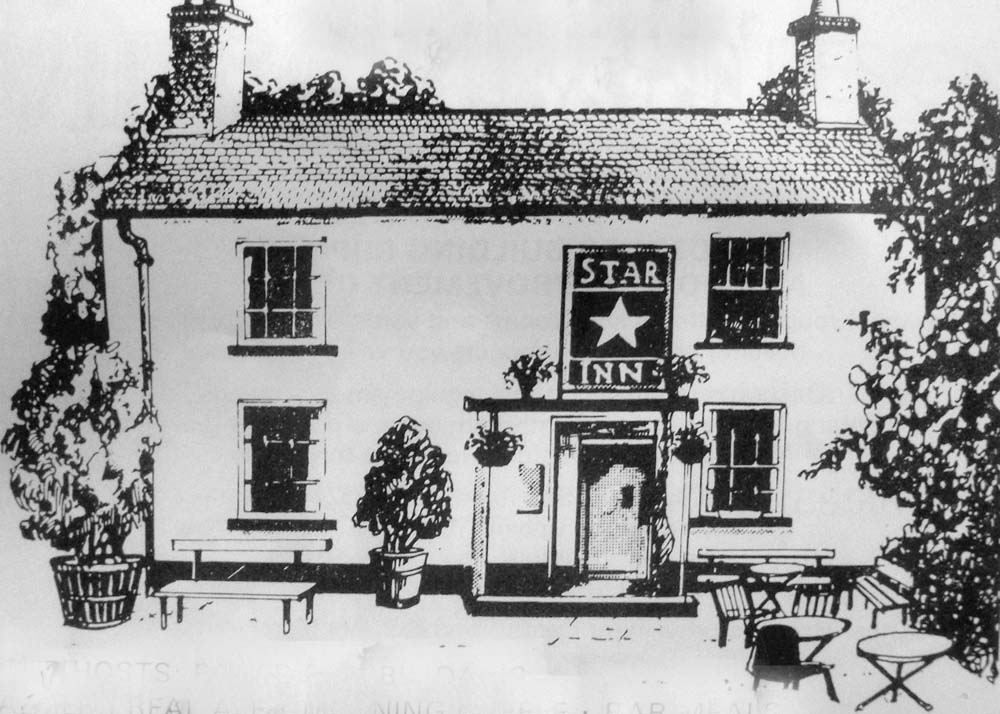 |
|||||||||||||||||||||||||||||||||||||||||||||||||
An Advert from the Charmouth Year Book for the Star Inn, Charmouth |
|||||||||||||||||||||||||||||||||||||||||||||||||
| To be sold by Auction, by Mr.Keyes,at the Mail Coach Inn, in Charmouth, on Saturday, the 4th day of July 1833, at four o clock in the afternoon (unless in the mean time disposed of by Private Contract), - Lot 4 - all that well known and much frequented Public House, adjoining close to the last mentioned premises, called or known by the name of the Star Inn, now in the occupation of Mr.E. Smith, as a yearly tenant, at a rental of £ 18 per annum. |
|||||||||||||||||||||||||||||||||||||||||||||||||
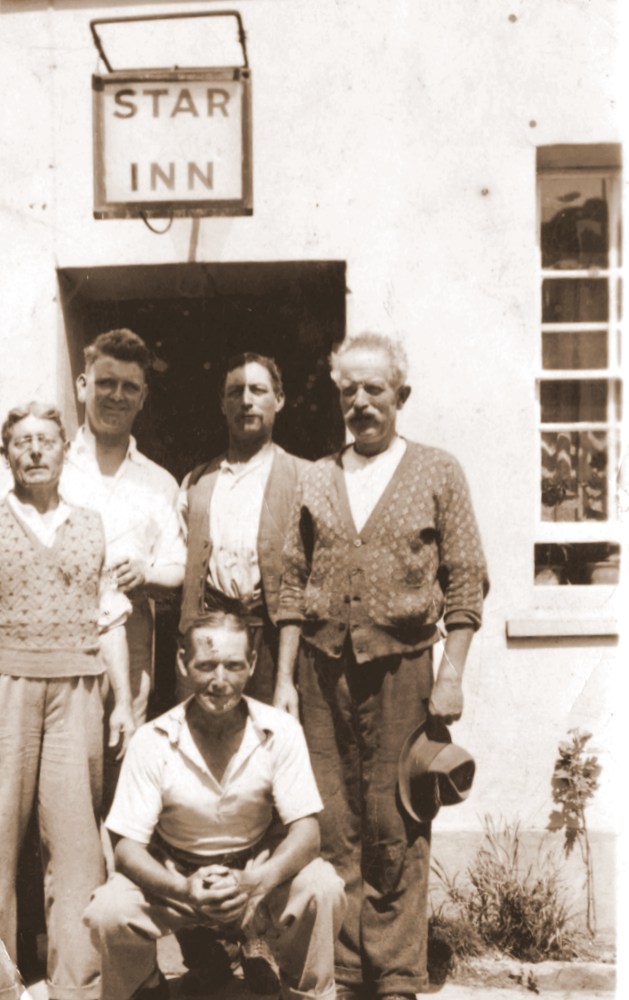 |
|||||||||||||||||||||||||||||||||||||||||||||||||
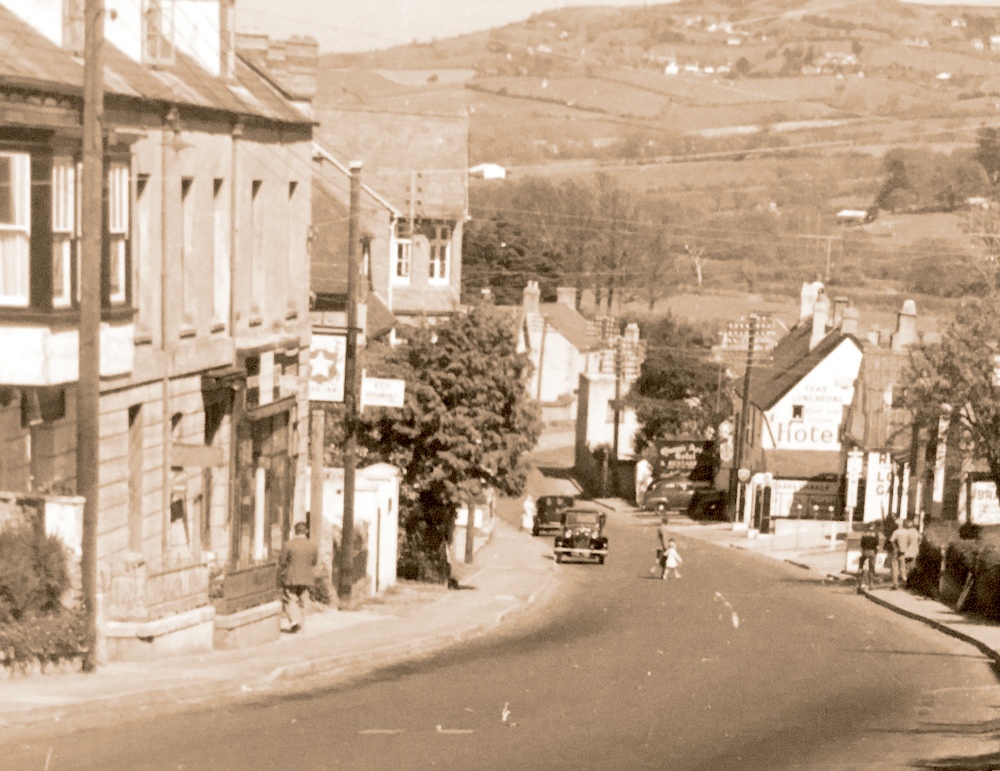 |
|||||||||||||||||||||||||||||||||||||||||||||||||
| The sign for The Star Inn can be seen here at the head of the passageway that led to it between Little Lodge and Charmouth Stores on the left. | |||||||||||||||||||||||||||||||||||||||||||||||||
 |
|||||||||||||||||||||||||||||||||||||||||||||||||
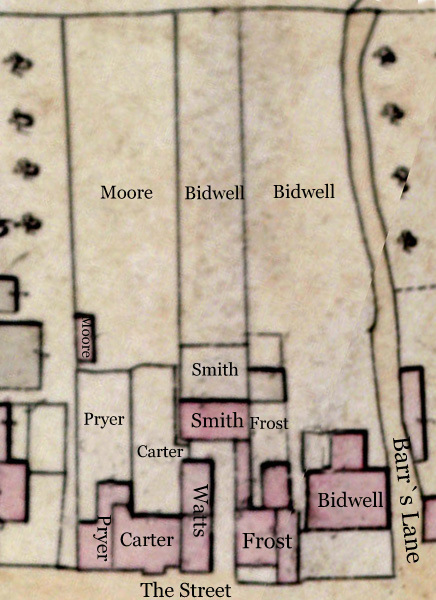 |
|||||||||||||||||||||||||||||||||||||||||||||||||
| 1841 Tithe Map with occupiers shown on their properties, below are their descriptions from the Record Book | |||||||||||||||||||||||||||||||||||||||||||||||||
|
|||||||||||||||||||||||||||||||||||||||||||||||||
| The first photo shows Frank Turner, Vivian Hallett and Alf Hallett during the War and the other has a group outside the Star Inn with Frank Bailey . its Landlord with a pipe and bow tie. | |||||||||||||||||||||||||||||||||||||||||||||||||
| A view of Dampiers in the 1950s with its windows piled high with Cansof food. The Star Inn`s sign can be seen at the entrance of the passageway between it and Little Lodge. | |||||||||||||||||||||||||||||||||||||||||||||||||
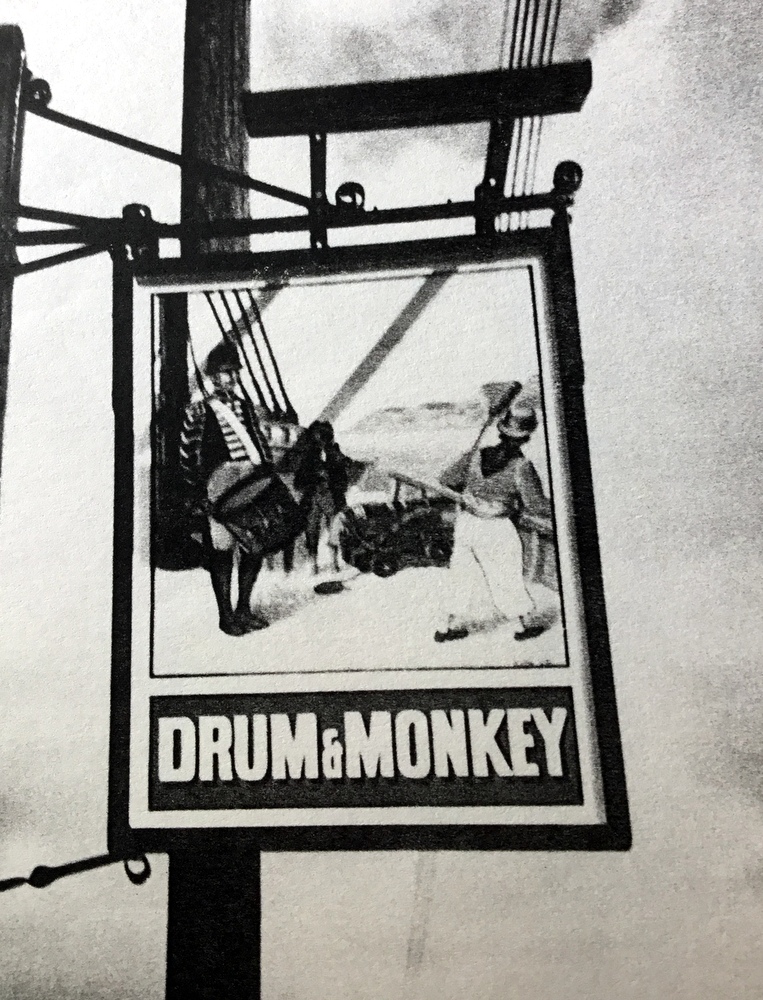 |
|||||||||||||||||||||||||||||||||||||||||||||||||
The Star Inn when its name was changed briefly to The Drum and Monkey |
|||||||||||||||||||||||||||||||||||||||||||||||||
| Set back from the Street behind Charmouth Stores (Nisa) can be found a house which at one time was "The Star" Inn. But before it closed down it was called the"Drum and Monkey". The landlord at that time found that the Inn dated back to c.1640 and had originally been run by a retired naval officer. Later records also revealed that the inn was much frequented by seamen during Nelson's time. Whereas the navy's ships used to be sailed by a crew of seamen, most of the fighting was done by marines. The marines were smartly uniformed, and used to beat their drums, both when on board ship and when marching ashore. The biggest of all the drums was known as the 'Ship's Drum', and this was an important item of the ship's equipment. When a naval engagement took place, the heavy, muzzle-loading iron cannon were brought into play. The cast-iron cannon-balls were always neatly stacked alongside each gun but, for obvious safety reasons, the gunpowder was stored in a central magazine. It was the job of so-called 'Powder Monkeys', often young lads, to keep each gun supplied with gunpowder charges from this magazine. Very pleased with the results of his researches, and gratified to have found the explanation for a most unusual inn name, the landlord changed the name back to the original Drum and Monkey in May 1988. The old inn sign depicting the Star was replaced by a new sign specially painted by a Yeovil artist, and bearing the revived name. Standing by a cannon on the deck of a naval vessel is portrayed one of the gun team with a ramrod, and more importantly a splendidly uniformed marine with his drum, and a young powder monkey standing by for action. |
|||||||||||||||||||||||||||||||||||||||||||||||||
In 1816 William Stephens, an Inn Holder is referred to as purchasing a Coach House from Stephen Atkinson which bordered Ann Kitts house on the west and north sides. By 1822 he had also purchased her former property for £425 and let it to Charles Cookney, Linen Draper. But by 1834 he had sold both properties and had moved to Exeter, and they were owned by George Biddlecombe. William Stephens may well have opened the original Star Inn, which by 1841 was owned by Edward Smith who was there until 1871, by which time he was 81 years of age. |
|||||||||||||||||||||||||||||||||||||||||||||||||